Gedruckte Leiterplatten (PCBs) sind die Grundlage der meisten elektronischen Geräte und werden durch das PCB-Herstellungsverfahren erzeugt. Sie werden hergestellt, indem dünne Kupferbleche auf ein nicht leitendes Substrat geschichtet werden und dann das überschüssige Kupfer weggeätzt wird, um das gewünschte Schaltungsmuster zu erzeugen.
Leiterplatten können sehr einfach sein, mit nur ein paar Kupferbahnen, oder extrem komplex, mit mehreren Schichten von miteinander verbundenen Schaltkreisen, die effektiv ein 3D-Netz bilden. Der Herstellungsprozess muss sorgfältig kontrolliert werden, um sicherzustellen, dass die fertige Leiterplatte den gewünschten Spezifikationen entspricht, ohne fehlende oder unterbrochene Kontakte.
Es gibt mehrere Methoden, die zur Erstellung des Schaltungsmusters auf einer Leiterplatte verwendet werden können. Die Wahl der Methode hängt von der Komplexität des gewünschten Musters ab. Die wichtigsten gebräuchlichen Verfahren, die auch in den beiden folgenden Videos verwendet werden, sind die Fotolithografie und das Ätzen von Leiterplatten.
PCB-Herstellungsschritte

- Photolithography is a process of using light to create the desired circuit pattern on the PCB. This first step of the PCB manufacturing process begins with the application of a photosensitive resist onto the PCB surface, which is then selectively exposed to ultraviolet light through a mask that contains the desired circuit pattern. The exposure hardens the photosensitive material in the areas corresponding to the circuit design, while the unexposed areas remain soft and are subsequently removed during the development phase. This leaves a detailed pattern of the circuit on the board, allowing for the etching of the underlying material to create conductive paths. Photolithography allows for high precision and repeatability, making it possible to produce complex and densely packed circuits that are essential for modern electronic devices.
- Radierung: In diesem nächsten Schritt wird das freigelegte Kupfer weggeätzt, um das gewünschte Schaltkreismuster zu erzeugen. Es gibt viele verschiedene Ätzchemikalien, die je nach Art des verwendeten Kupfers und des gewünschten Ergebnisses verwendet werden können. Sobald die Ätzlösung aufgetragen ist, reagiert sie mit dem freiliegenden Kupfer und trägt es effizient ab, während die geschützten Bereiche unberührt bleiben. Diese Methode ermöglicht die präzise und effiziente Erstellung komplexer Schaltkreisdesigns und ist daher ein wichtiger Schritt bei der Herstellung elektronischer Geräte. Im Laufe der Zeit wurden fortschrittliche Ätztechniken und -geräte entwickelt, um die Genauigkeit zu verbessern und die Umweltauswirkungen zu verringern, was die Möglichkeiten und die Nachhaltigkeit der Leiterplattenproduktion weiter verbessert hat. Nach Abschluss des Ätzvorgangs wird der restliche Fotolack entfernt, so dass das gewünschte Schaltungsmuster auf der Leiterplatte zurückbleibt.
- The next step is the application of solder mask, a protective layer that insulates the copper traces and prevents solder bridges during component placement. This is typically done through a process called solder mask application, where a liquid photoimageable film is applied and then cured using UV light.
- Next, the silkscreen process is employed to print component identifiers, logos, or other necessary markings on the board. Following this, the boards undergo a surface finish process, such as hot air solder leveling (HASL), immersion gold, or other methods, to prepare the copper pads for soldering by enhancing their solderability and protecting them from oxidation.
- Drilling is another critical step in PCB Manufacturing, where precise holes are created for component leads and vias, often using computer-controlled machines to ensure accuracy. Once drilling is complete, the boards may undergo plating to coat the drilled holes with copper, creating electrical connections between different layers.
- Finally, electrical testing ensures that the PCB functions as intended by checking for shorts, opens, and other defects. Each of these processes is vital to producing a reliable and high-quality printed circuit board ready for assembly.
Diese Schritte werden im Folgenden in den beiden Leiterplattenfabriken vom Auftragseingang über die Kontrolle bis zur Verpackung detailliert dargestellt und erläutert, wobei die beeindruckenden KPIs von
- Gesamtlieferzeit vom Auftragseingang bis zum Versand: 2 bis 4 Tage
- 5000+ Bestellungen pro Tag!
und zwar für Einzelbestellungen, nicht unbedingt für wiederkehrende Kunden, für Profis und Nicht-Profis - d.h. potenzielle Fehler in der Nachfrage - und einige Design- und Qualitätskontrollen während des Prozesses. Lassen Sie sich inspirieren!
At PCBway:
[embedyt] https://www.youtube.com/watch?v=24ehoo6RX8w[/embedyt]
And then how its main competitor does it, JLCPCB
[embedyt] https://www.youtube.com/watch?v=ljOoGyCso8s[/embedyt]
Für weiteres elektronisches Vokabular, Leiterplattentypen und Bauteilgrundrisse, siehe den ausführlichen Beitrag über Leiterplatten und Elektronik oder Wikipedia PCB-Herstellung Seite.
Verwandte Lektüre und Methodologien
- Just-in-Time (JIT) inventory management in PCB factories: analyze how JIT inventory methods can reduce holding costs and improve manufacturing efficiency.
- PCB design software: discuss various software tools and techniques for designing PCBs, including schematic capture and layout design.
- Material selection for PCBs: examine the different materials used in PCB manufacturing, such as FR-4, polyimide, and metal-core, and their impact on performance and cost.
- Thermal management in PCBs: investigate methods for managing heat in PCB design and manufacturing, including thermal vias, heat sinks, and thermal interface materials.
- PCB testing and inspection techniques: detail various testing and inspection methods, including automated optical inspection (AOI), in-circuit testing (ICT), and functional testing.
- Environmental considerations in PCB manufacturing: discuss the environmental impact of PCB manufacturing and methods for reducing waste and harmful emissions.
- Advanced PCB technologies: explore advancements in PCB technology, such as flexible PCBs, HDI (High-Density Interconnect) PCBs, and multi-layer PCBs.
Externe Links zur Herstellung elektronischer Leiterplatten
Internationale Standards
Interessante Links
(Bewegen Sie den Mauszeiger über den Link, um unsere Inhaltsbeschreibung anzuzeigen)
Glossar der verwendeten Begriffe
Automated Optical Inspection (AOI): Ein Verfahren, bei dem Bildgebungstechnologie zum Einsatz kommt, um Defekte in Leiterplatten und anderen elektronischen Baugruppen zu erkennen, indem visuelle Daten anhand vordefinierter Kriterien analysiert werden, wodurch die Qualitätskontrolle und die Einhaltung von Spezifikationen sichergestellt werden.
Computed Tomography (CT): Ein medizinisches Bildgebungsverfahren, das mithilfe von Röntgenstrahlen und Computerverarbeitung Querschnittsbilder des Körpers erstellt und so eine detaillierte Visualisierung innerer Strukturen und Gewebe ermöglicht. Es verbessert die Diagnosemöglichkeiten, indem es dreidimensionale Darstellungen aus zweidimensionalen Daten liefert.
Cost Per Click (CPC): Ein Preismodell für digitale Werbung, bei dem Werbetreibende für jeden Klick auf ihre Anzeige eine Gebühr zahlen. Es misst die Kosteneffizienz von Online-Kampagnen, indem die gesamten Werbeausgaben durch die Anzahl der erhaltenen Klicks geteilt werden.
Just In Time (JIT): Eine Produktionsstrategie, die darauf abzielt, die Lagerkosten zu senken, indem Waren nur dann empfangen werden, wenn sie im Herstellungsprozess benötigt werden. Dadurch wird Abfall minimiert und die Effizienz gesteigert.
Key Performance Indicator (KPI): Ein messbarer Wert, der zeigt, wie effektiv eine Organisation wichtige Geschäftsziele erreicht. Wird häufig verwendet, um den Erfolg bei der Zielerreichung zu bewerten.
Printed Circuit Board (PCB): Eine flache Platte aus Isoliermaterial, die elektronische Komponenten über leitfähige Bahnen, die üblicherweise aus Kupferblechen geätzt werden, trägt und verbindet. Sie dient als Grundlage für die Schaltungsmontage und ermöglicht die elektrische Verbindung zwischen Komponenten.
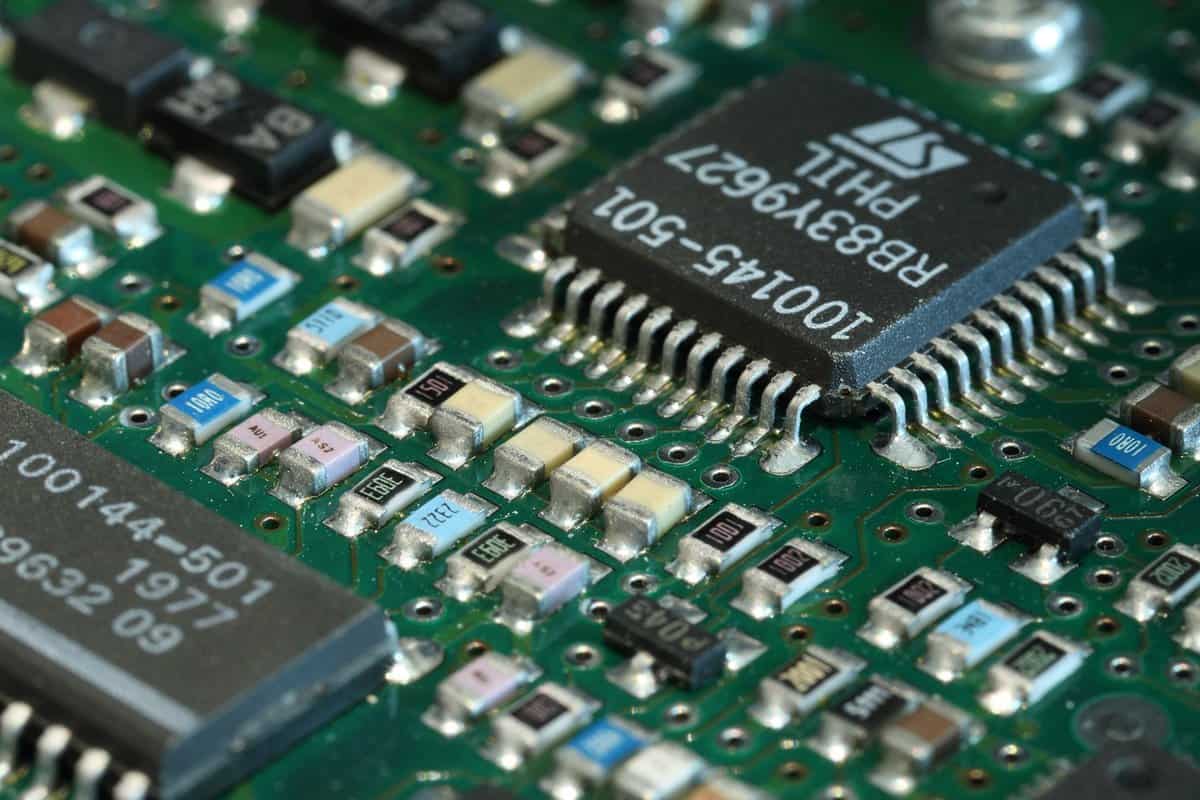

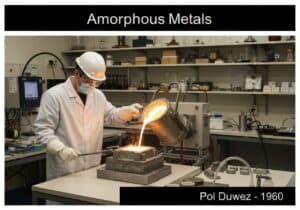
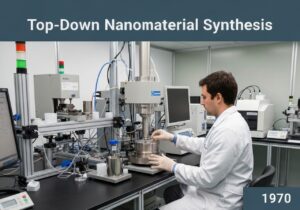
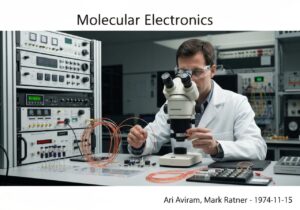
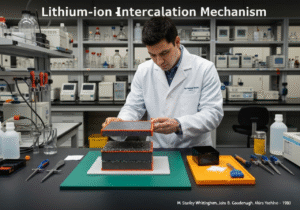

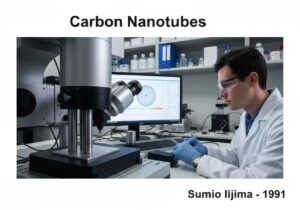
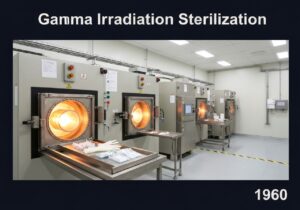
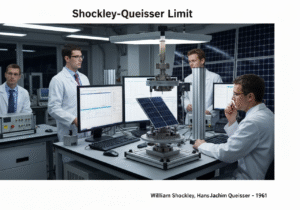
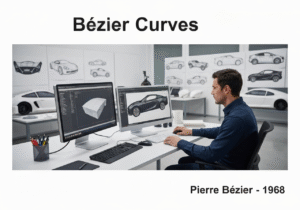
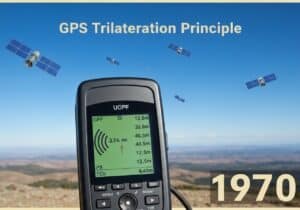
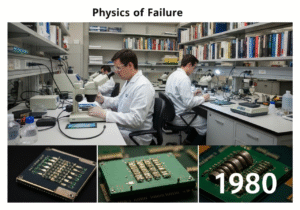
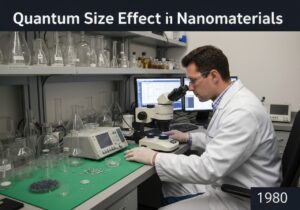
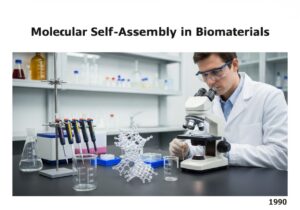
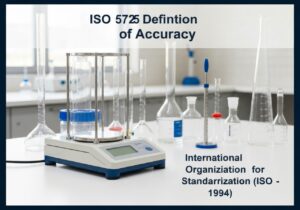
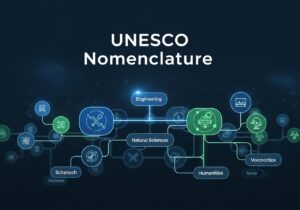
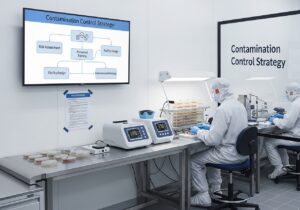
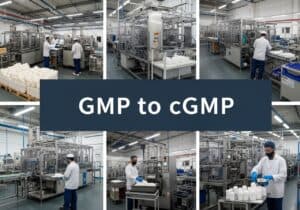


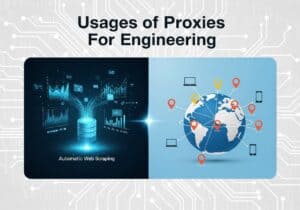


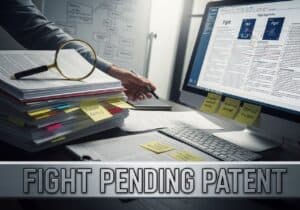
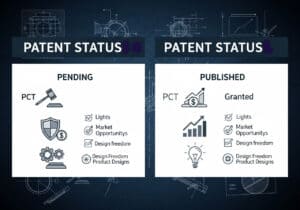
Interessante Lektüre! Ist noch jemand der Meinung, dass die Fortschritte bei der Leiterplattenherstellung die traditionellen Methoden durcheinander bringen könnten?
So schnelle Durchlaufzeiten für Tausende von Aufträgen täglich! Und die Videos sind alt! Ist wahrscheinlich mehr von jetzt!
Die Videos bieten einen guten visuellen Einblick in die komplizierten Prozesse, die notwendig sind, um eine solche Präzision und Geschwindigkeit zu erreichen.
Es ist faszinierend zu sehen, wie der komplizierte Prozess der Leiterplattenherstellung in nur 2 bis 4 Tagen mit solch hoher Effizienz und Präzision abgeschlossen werden kann. Die Videos von PCBway und JLCPCB bieten großartige Einblicke in die Branche und zeigen die beeindruckenden Möglichkeiten der modernen Fertigungstechniken!
Interessante Lektüre über die Leiterplattenherstellung. Aber würde die Einführung von KI-Automatisierung den Prozess nicht beschleunigen und die Effizienz erheblich verbessern?
Interessante Lektüre, aber gibt es nicht eine umweltfreundlichere Methode zur Entsorgung von PCB-Abfällen? Was ist der Industriestandard?